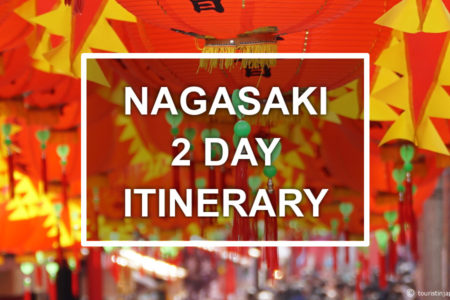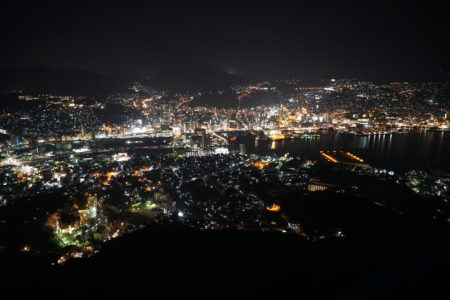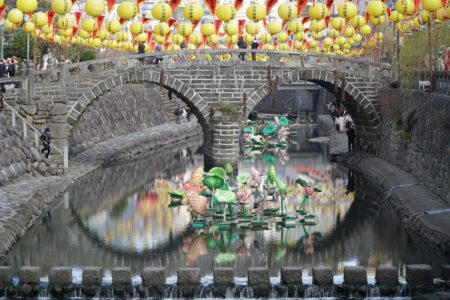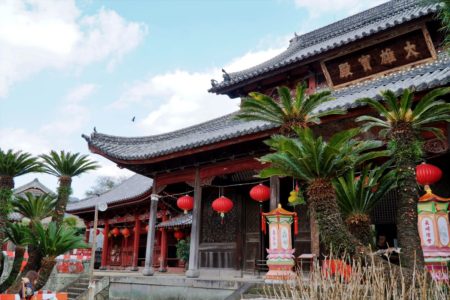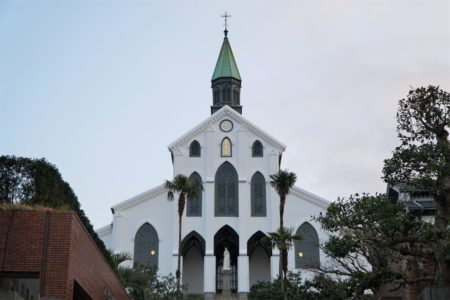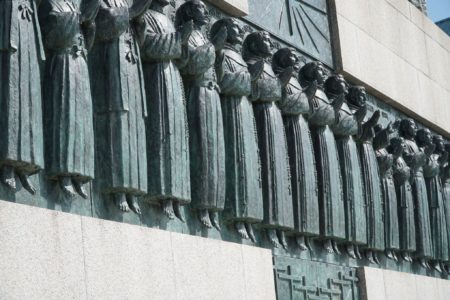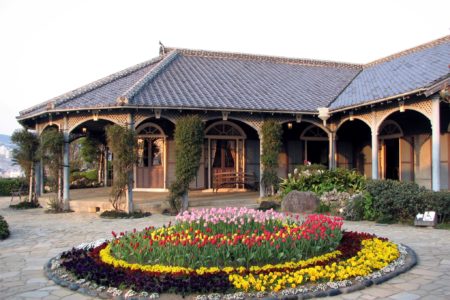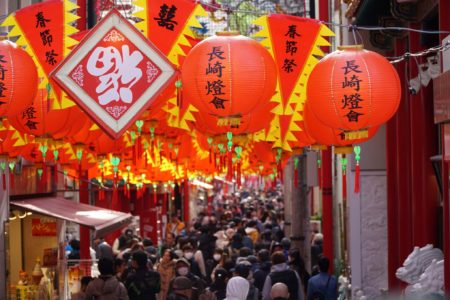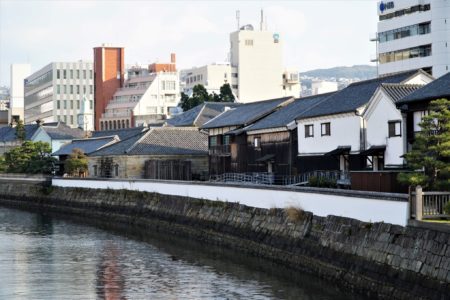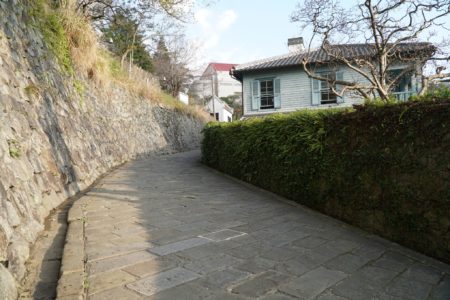Nagasaki City (population: 412,000), in Nagasaki Prefecture on the western side of Kyushu, is a city full of history. Across the world Nagasaki is known for being the second city ever to be hit by an atomic bomb. However, even before that time, Nagasaki was known world wide. For centuries this southern port city was …
